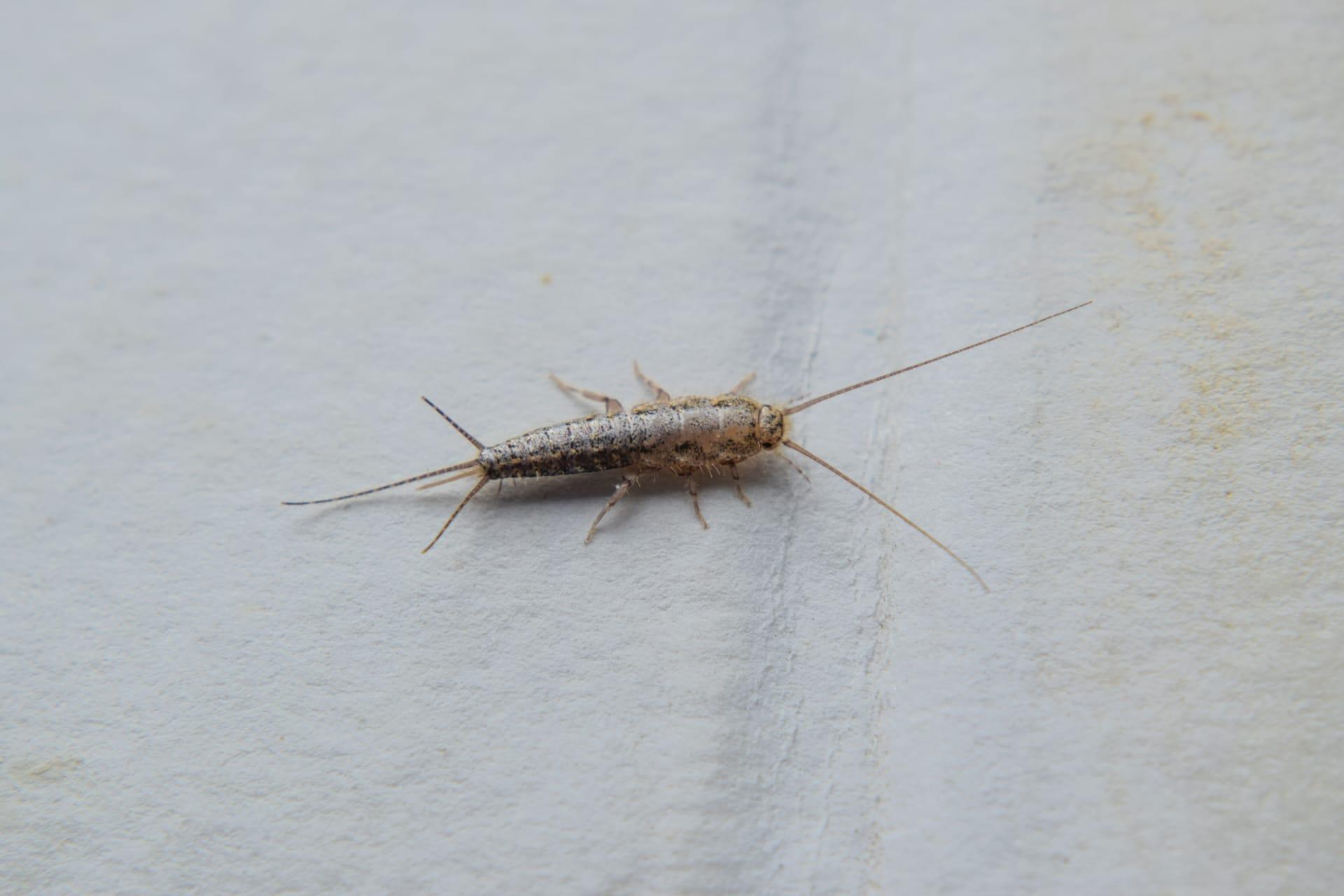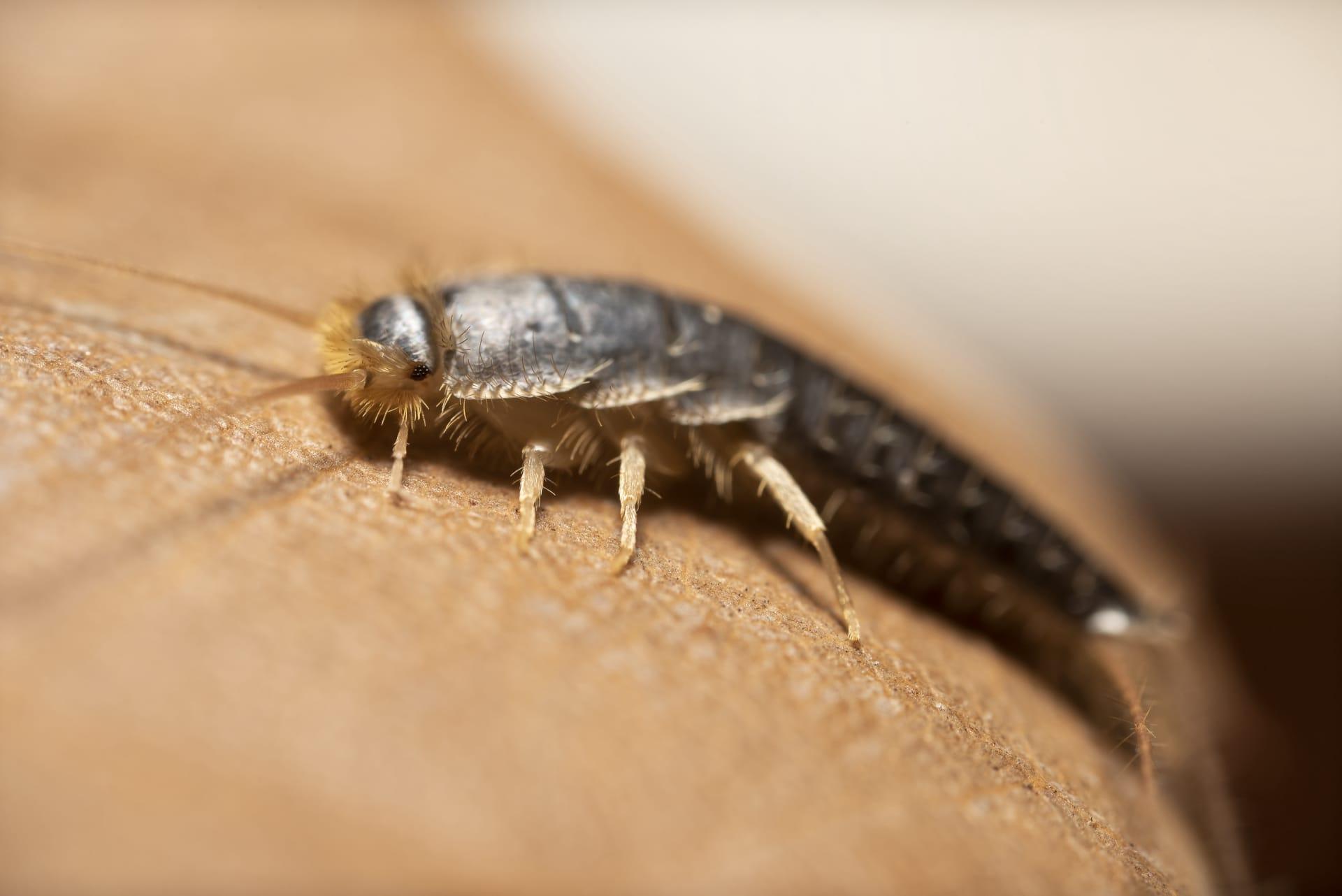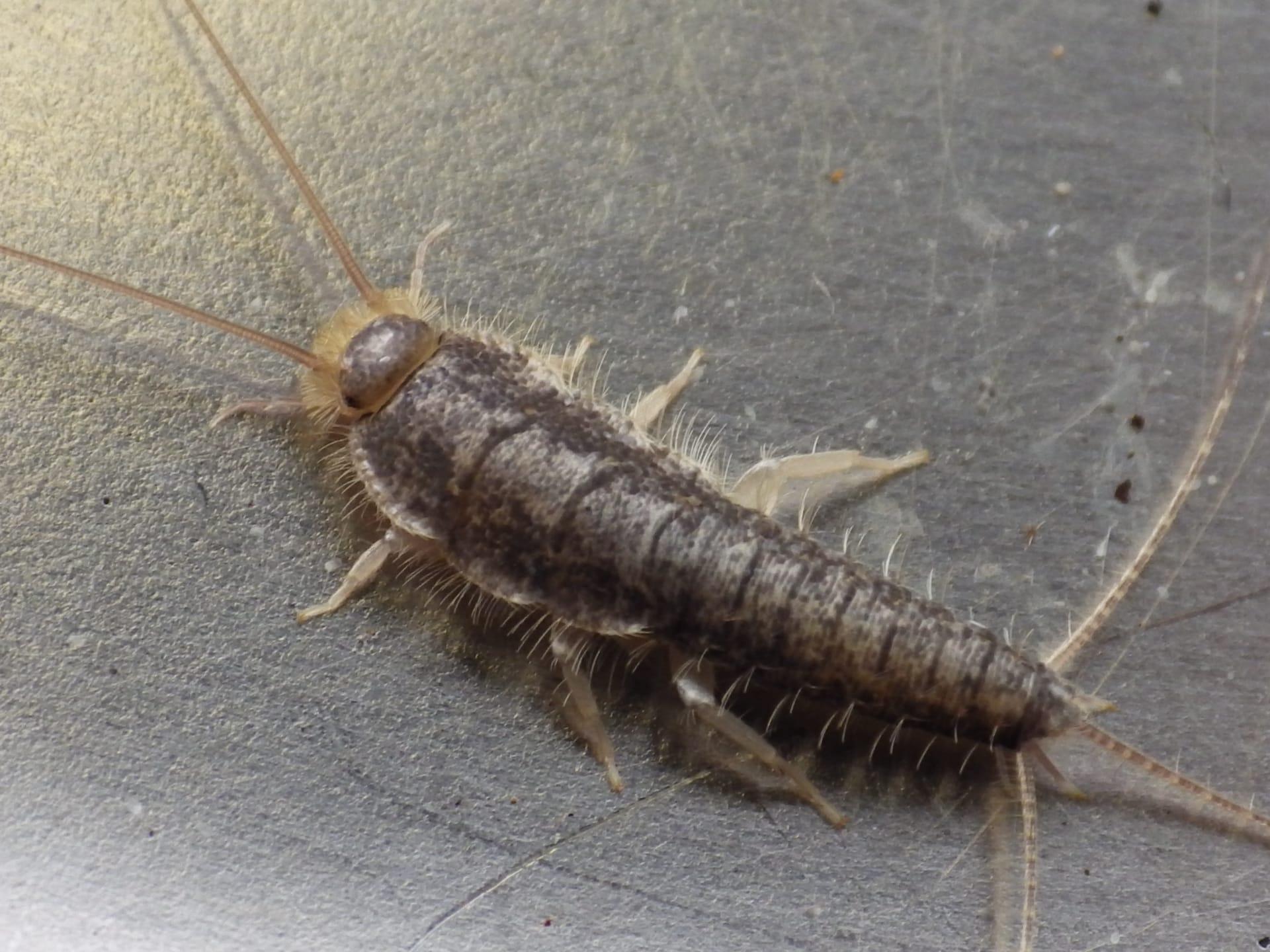1
Silverfish, scientifically known as Lepisma saccharina, have a lifespan that far exceeds what you'd expect from such a small creature. Astonishingly, these insects can live up to 8 years, which is quite remarkable given their size. This longevity is rare among many insects, who often have much shorter life cycles. Silverfish's ability to survive for such a lengthy period is partly due to their secretive nature and nocturnal habits, which help them avoid many predators.
Another intriguing aspect of silverfish is their diet. These insects are not picky eaters and are known for consuming a wide range of materials. They have a particular fondness for carbohydrates and will munch on anything from glue, paper, and clothing to human dandruff and fallen hair. This diverse diet makes them notorious for causing damage in homes, libraries, and stores, especially since they are attracted to paper and clothing.

2
Silverfish are remarkable for their reproduction process. Unlike many insects, they don't lay eggs immediately. Instead, silverfish engage in a unique courtship dance that can last over half an hour. The male and female circle each other, touching antennae, and then the male deposits a sperm capsule, which the female picks up to fertilize her eggs. This ritualistic dance adds a fascinating layer to their otherwise hidden lives.
When it comes to agility, silverfish are surprisingly speedy and adept at evading capture. They can run up to 0.3 meters per second, which is quite fast for their size. Their speed, combined with their ability to navigate and hide in tiny cracks and crevices, makes them elusive and difficult to catch. This agility is a key survival mechanism, helping them escape predators and human attempts at eradication.

3
The sensory abilities of silverfish are quite sophisticated. They are equipped with compound eyes, but interestingly, some species have no eyes at all. Despite this, they are highly sensitive to changes in their environment, such as humidity and temperature. Their antennae are packed with sensory receptors, allowing them to navigate their often dark habitats with remarkable precision.
Silverfish are also known for their love of humid environments. They thrive in areas with 75% to 95% humidity. This preference for moisture often leads them to bathrooms, kitchens, and basements in human homes. Their dependence on high humidity levels is so crucial that they can die if the air becomes too dry. This makes humidity control a common method for managing silverfish infestations.

4
Regarding their growth, silverfish undergo a process called incomplete metamorphosis. This means they don't have distinct larval, pupal, and adult stages like butterflies or beetles. Instead, young silverfish, known as nymphs, look like miniature adults. As they grow, they molt, shedding their exoskeletons, and they can do this up to 60 times throughout their lifetime. This frequent molting is unique among insects and continues even after they have reached maturity.
Silverfish are known for their distinctive appearance, featuring a silvery-blue color and a tapered, fish-like shape. This metallic sheen is not just for show; it's actually a result of tiny scales covering their bodies. These scales start to appear after their first few molts and give them their characteristic shimmer. The fish-like movement they exhibit when moving, combined with their shiny appearance, is what gave them the name "silverfish."

5
Temperature plays a significant role in the life of a silverfish. They are cold-blooded insects, meaning their body temperature is regulated by the surrounding environment. Silverfish prefer temperatures between 70 to 80 degrees Fahrenheit (21 to 27 degrees Celsius). This preference impacts their geographic distribution, as they are commonly found in regions with these temperature conditions, though they are adaptable and can survive in various climates.
Finally, silverfish are known to be incredibly resilient and hard to exterminate. They can survive without food for long periods, up to a year in some cases, by slowing down their metabolism. This survival skill, combined with their ability to hide in small crevices and reproduce quickly, makes them a persistent nuisance in many homes and buildings. Their resilience highlights the need for effective and consistent pest control measures to manage their populations.